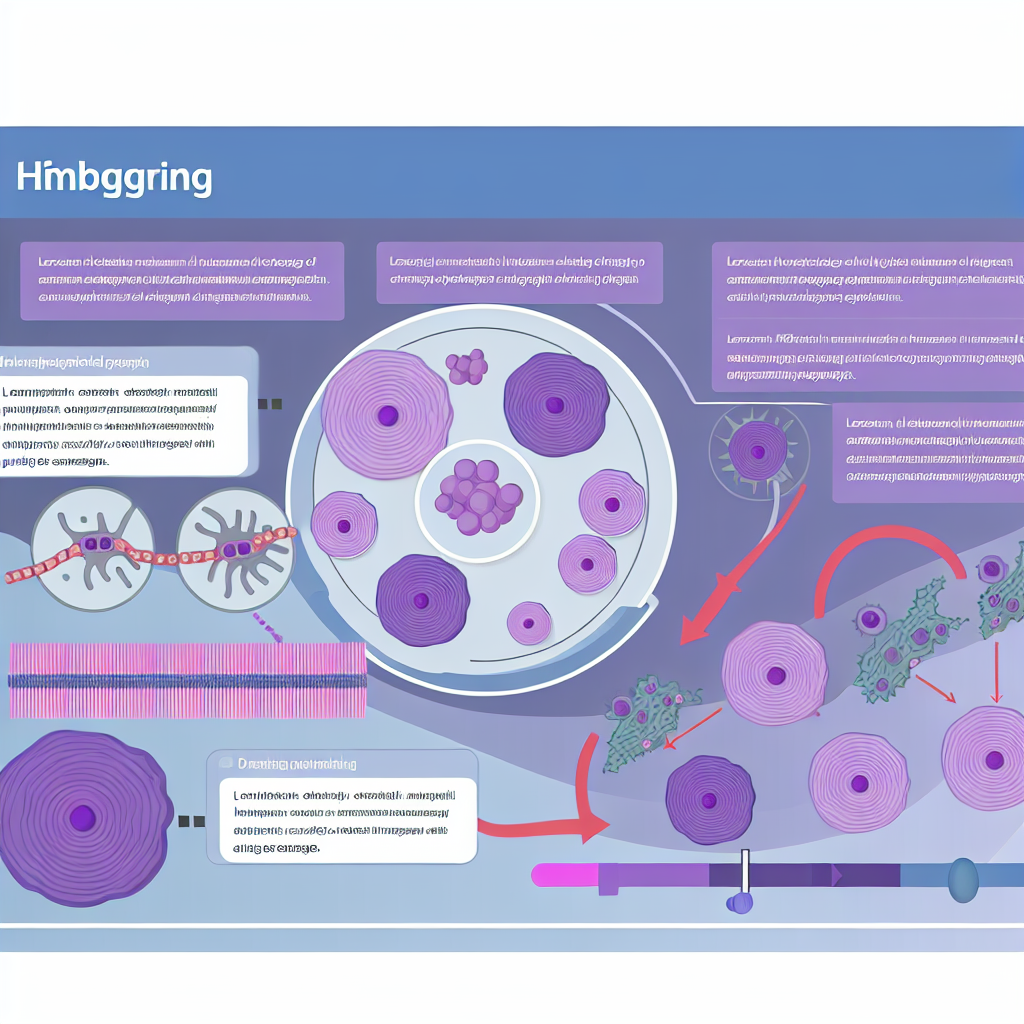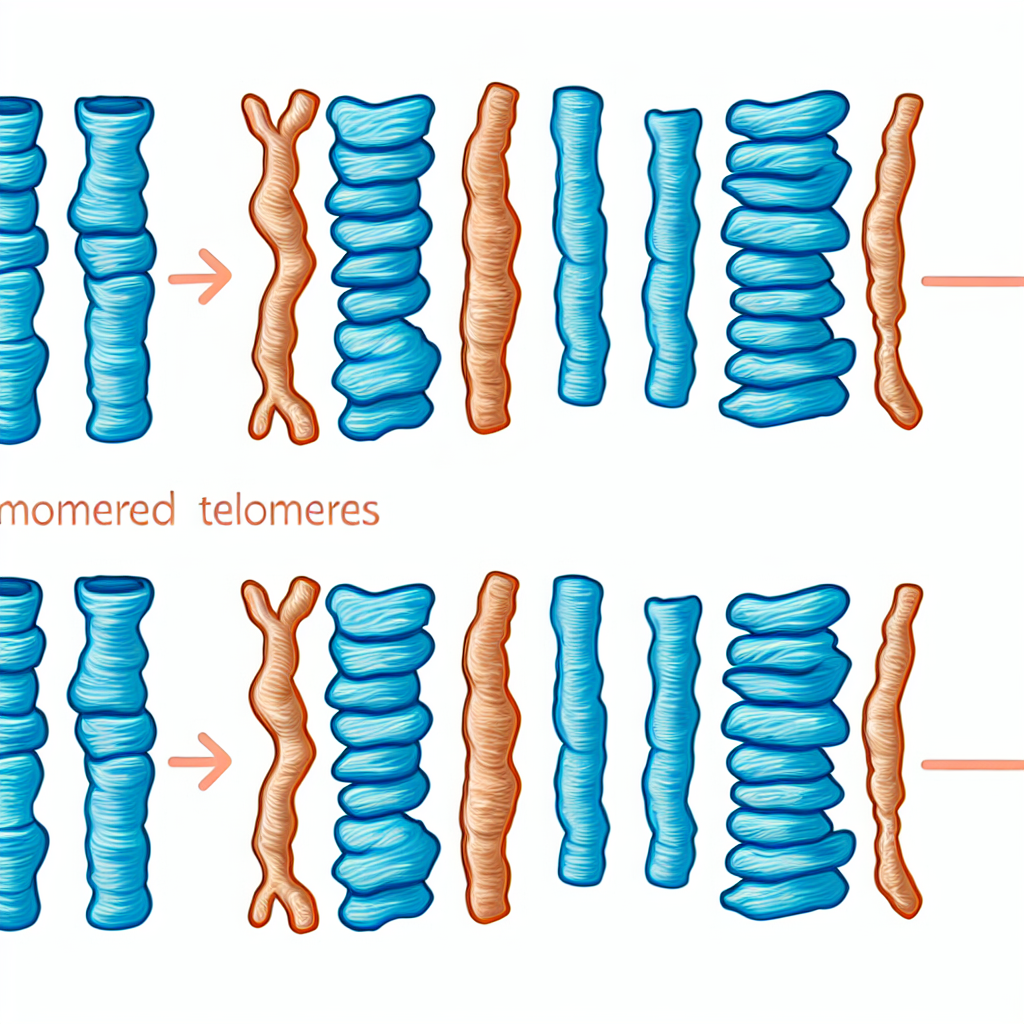Complete Guide to Living Longer: Evidence-Based Longevity Strategies
Comprehensive guide to extending both lifespan and healthspan through evidence-based interventions. Learn science-backed protocols for exercise, sleep, nutrition, and cellular health optimization based on peer-reviewed research from 2015-2025.
Healthspan vs Lifespan: Why Quality Matters
Lifespan refers to the total number of years lived. While extending lifespan is valuable, living longer in poor health diminishes quality of life. The goal is not just adding years, but adding healthy, functional years.
Healthspan is the period of life spent in good health, free from chronic diseases and disabilities. Research shows only a 9-year average gap globally between healthspan and lifespan, creating urgency for interventions that extend healthy years.
Primary TargetThe Six Pillars of Longevity
Based on comprehensive analysis of peer-reviewed research, these six pillars form the foundation of evidence-based longevity optimization:

- Combined training: 40% mortality reduction
- Resistance training: Highest probability for cognitive benefits (SMD 1.05)
- 300-600 min/week moderate OR 150-300 min vigorous
- Each 1 MET gain = 30% mortality reduction in unfit individuals
- Sleep regularity: 20-57% lower mortality
- 7-8 hours optimal (U-shaped curve)
- Lateral position enhances glymphatic clearance 60%
- Sleep disorders: 45% increased Alzheimer's risk (HR 1.45)
- Extra virgin olive oil as main fat source
- Fatty fish 2x weekly (omega-3s)
- 2-3 cups green tea daily (EGCG: IC50 <1μM for HMGB1)
- 1-2 cups berries daily (quercetin-rich)
- 2025 breakthrough: circulating HMGB1 spreads senescence systemically
- HMGB1 levels rise dramatically with age (70-80s vs 40s)
- Natural inhibitors: EGCG, quercetin, curcumin, omega-3s
- Mediterranean diet + green tea reduces HMGB1
- Resistance training: superior for cognitive decline prevention
- Sleep enables glymphatic waste clearance (beta-amyloid, tau)
- Anti-inflammatory diet reduces neuroinflammation
- Combined interventions show synergistic effects
- Heart disease: #1 killer, 80% preventable through lifestyle
- Type 2 diabetes: 90-95% of cases, largely preventable
- Alzheimer's: Exercise, sleep, diet show prevention efficacy
- Cancer: Only 10.73% of searches focus on prevention (opportunity)
Evidence-Based Interventions with Quantified Benefits

Protocol:
2-3x weekly resistance at 70-80% 1RM + 300-600 min moderate aerobic
Timeframe:
Benefits within 12 weeks, structural changes 26-52 weeks
Protocol:
7-8 hours with consistent timing ±30 min, lateral position, 60-67°F bedroom
Timeframe:
Immediate implementation, benefits accrue over weeks
Protocol:
2-3 cups green tea, 1-2 cups berries, Mediterranean pattern, omega-3 2x weekly
Timeframe:
Short-term: 2-6 hours (EGCG); Medium-term: 12 weeks (diet pattern)
Protocol:
Progressive aerobic training targeting VO2max improvement
Timeframe:
Each 1 MET gain = 30% mortality reduction
Critical Lifestyle Factors

Key Metric: Each 1 MET gain = 30% mortality reduction (unfit individuals)
Key Metric: 20-48% lower all-cause mortality with consistent timing
Key Metric: Resistance training: only therapy showing consistent muscle/strength gains
Key Metric: EGCG IC50 <1μM; Mediterranean diet shows robust anti-inflammatory effects
Key Metric: 60% interstitial space expansion during sleep; lateral position optimal
Key Metric: Mediterranean diet + time-restricted eating improves metabolic markers
Implementation Roadmap
- 1.Optimize sleep: 7-8 hours, consistent timing ±30 min, lateral position
- 2.Begin resistance training 2x weekly (start 40-50% 1RM)
- 3.Add 150 min moderate aerobic activity (walking, cycling)
- 4.Start green tea habit: 2-3 cups daily
- 1.Increase resistance training to 60-70% 1RM, 3x weekly
- 2.Progress aerobic to 300-600 min weekly
- 3.Transition to Mediterranean diet pattern fully
- 4.Add HIIT 2x weekly for cardiovascular fitness
- 1.Resistance training 70-80% 1RM maintenance (2-3x weekly)
- 2.Continued aerobic volume 300-600 min moderate
- 3.Sustained Mediterranean diet + anti-inflammatory foods
- 4.Monitor biomarkers quarterly (consider biological age testing)
The Bottom Line

Longevity optimization is not about a single intervention—it's about synergistic lifestyle factors that work together to extend both lifespan and healthspan. The evidence is clear:
- Exercise adds 1.8-8 years with 20-50% mortality reduction (combined training: 40%)
- Sleep regularity reduces mortality 20-57% and is foundational for cognitive health
- Mediterranean diet + HMGB1 reduction addresses systemic inflammation and senescence
- Disease prevention through lifestyle changes can address 80% of major killers
The remarkable finding is that benefits continue accruing well beyond minimum guidelines, with 2-4x recommended activity levels producing the greatest gains. However, consistency trumps intensity—the greatest mortality risk reduction occurs in the transition from sedentary to minimally active.
It is never too late to start. Evidence demonstrates significant health improvements achievable even when beginning exercise programs, sleep optimization, or dietary changes in later life. The added years are healthy years characterized by better functional capacity, independence, and quality of life—not extended frailty.
